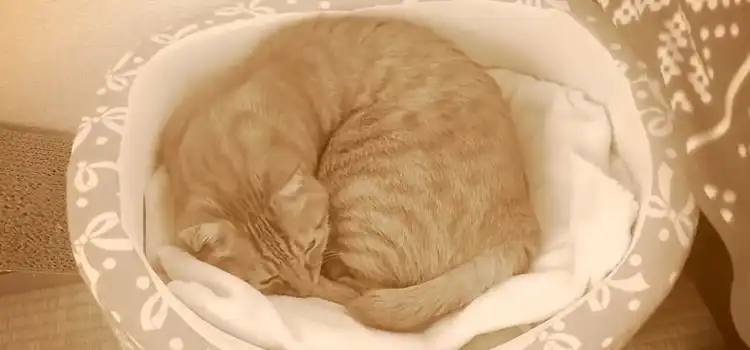Cats are known for their resilience and ability to survive in tough conditions, but how long can a cat survive locked in a shed? The short answer is that it depends on various factors, but on average, a cat can survive for up to five days without food and water. However, leaving a cat trapped in a shed can pose significant risks to their health and well-being, including dehydration, starvation, respiratory problems, and exposure to extreme temperatures. It’s essential to take immediate action if you suspect that your cat is trapped in a shed and to take preventative measures to ensure their safety.

Can a Cat Survive Locked in a Shed for a Long Time?
A cat can survive for up to five days without food and water. However, several factors can impact this timeline, such as age, health, and environmental conditions. For example, a young and healthy cat may survive longer than an older cat with a pre-existing health condition. Additionally, a cat trapped in a hot and humid shed will become dehydrated much faster than one in a cooler and well-ventilated space.
What Factors Can influence a Cat’s Survival Timeline
A cat’s survival duration without food and water can vary depending on multiple factors. These factors include age, health condition, environment, activity level, and size/weight. This article will explore how these factors can impact a cat’s ability to withstand hunger and thirst.
Factor 1. Age
Younger and healthier cats generally have a better chance of survival than older or sick cats. And this is because younger cats have a stronger immune system and can better tolerate dehydration and starvation.
Factor 2. Health Condition
If a cat has an underlying health condition, such as kidney disease or diabetes, their survival time without food and water may be shorter. Cats with health conditions may require regular access to food and water to manage their condition.
Factor 3. Environmental Conditions
The temperature and humidity levels in the environment can impact a cat’s ability to survive without food and water. For example, a cat trapped in a hot and humid shed will become dehydrated much faster than one in a cooler and well-ventilated space. Similarly, a cat in a cold and dry environment may become dehydrated from the dry air.
Factor 4. Activity Level
If a cat is very active, it may require more food and water than a sedentary cat. A more active cat may become dehydrated and malnourished faster than a less active cat.
Factor 5. Size and Weight
A larger cat may have a better chance of surviving without food and water than a smaller cat. And this is because larger cats have more body fat and muscle mass, which can help sustain them during starvation.
Important Note: It’s important to note that these factors are not exhaustive, and the survival time of a cat without food and water can vary depending on the circumstances. If you suspect your cat is trapped in a shed or other confined space, it’s important to act quickly and take steps to ensure its safety.
Frequently Asked Questions And Answers
What are the risks of leaving a cat locked in a shed?
Leaving a cat locked in a shed can be dangerous for several reasons. Cats can quickly become dehydrated and malnourished without access to food and water. In addition, a lack of ventilation can lead to respiratory problems, while extreme temperatures can cause hypothermia or heat stroke.
What should I do if I suspect my cat is trapped in a shed?
You should act quickly if you suspect your cat is trapped in a shed. Search the area and call for your cat, check for signs of scratching, and try to lure your cat out with food and water. If you cannot locate your cat or get them out of the shed on your own, contact a professional for assistance.
Conclusion
Leaving a cat trapped in a shed can have serious consequences, including dehydration, malnourishment, suffocation, and exposure to extreme temperatures. While cats are known for their resilience, taking necessary precautions to prevent them from getting trapped in sheds or other confined spaces is important. If you suspect a cat is trapped, contact animal control or a local rescue organization for assistance. We can help keep our feline friends safe and healthy by working together.
